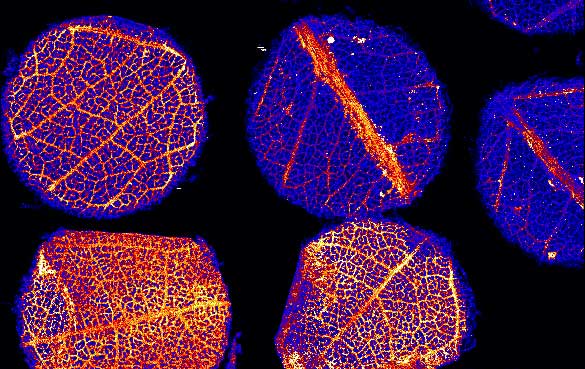CSIRO Snapshot: November 2013

Today we provide a brief review of top CSIRO news published in the previous period. There was everything – from gum leaves to bushfires. Hope you will enjoy this journey.
Spotlight – gum leaves rich in gold
While money doesn’t grow on trees per se, we’ve found that precious gold does. We have revealed that gum trees from the Western Australian goldfields draw up tiny particles of gold via their roots and it ends up in their leaves and branches.
Finding new gold deposits is not just about bling’it is vital for industry. In the past 10 years the discovery of new gold deposits around the world has decreased by over 45 per cent. Gold is one of the most important minerals used by industry. It is used in electronics, dentistry, medicine, aerospace, glassmaking, computers and mobile phones.
So mineral explorers need to find new ore deposits. Novel exploration techniques are required to find the more difficult deposits hidden beneath sediments. Read more and watch the video on CSIRO’s blog.
Top of the news
Bushfire help at hand
Bushfires have the potential to affect every Australian in one way or another. And this season is looking to be a bad one. Over the last few weeks we’ve been working hand in hand with the NSW Rural Fire Service (RFS) at its headquarters to provide advice on fire behaviour. We used the best tech to produce maps showing likely fire progress and to monitor Twitter feeds to find hot spots of developing fire emergency. The RFS is also using new apps we developed for the first time to assess the impact of the fires on property. More on the Climate Response blog.
Does my virtual forehead look big in this?
The online retail sphere is rapidly growing, with more people using their smart phones and tablets to make everyday purchases. But we’re taking online shopping to a completely new level by teaming up with online eyewear retailer Glasses.com. Using our Smart Vision technology, Glasses.com has developed a new iPad app that allows customers to virtually try on specs from the comfort of their own home. The Smart Vision software allows the app to produce a true-to-life 180′ view of the user’s face showing how each pair fits in 3D. Read more and watch the video on CSIRO’s blog.
It’s like Jimmy Choo – for horses
Spring Racing Carnival fever has hit- and our scientists are not immune. In a horse-ome titanium 3D printing first, we have scanned a race horse’s hooves using a handheld scanner and then, with sophisticated modelling software, designed the perfect fitting, lightweight racing shoe. And the shoes are pinkurple. Why did we bother? We think 3D printing will have broad application potential. We’re already researching how it can be used in biomedical implants and even things like automotive and aerospace parts. More on this blog.
Making a clean-burning synthetic fuel, Indian style
Impressive cricket skills aren’t the only thing us Aussies have in common with India. Both nations face pretty similar energy challenges in that neither country can meet current fuel demands with domestic production alone. Enter dimethyl ether (DME), stage left. DME is a fuel that can be produced from natural gas, coal, biomass, or directly from carbon dioxide. It generates significantly less pollution than conventional fuels when burnt, making it more environmentally friendly. So we’ve teamed up with friends in India to progress the research around use of DME. More on this blog.
In the business
Leading R&D for SKA
If you haven’t heard of the Square Kilometre Array, then let us tell you it will be the world’s largest radio telescope and it will be located in Australia and Africa. It’s just been announced that we will head the largest R&D consortia for the project, the SKA Dish Array Consortium. We will be responsible for the design work relating to the SKA’s 2500 antenna dishes and receivers, and the development of innovative receivers known as phased array feeds (or PAFs). More on the Universe blog.
 Follow
Follow